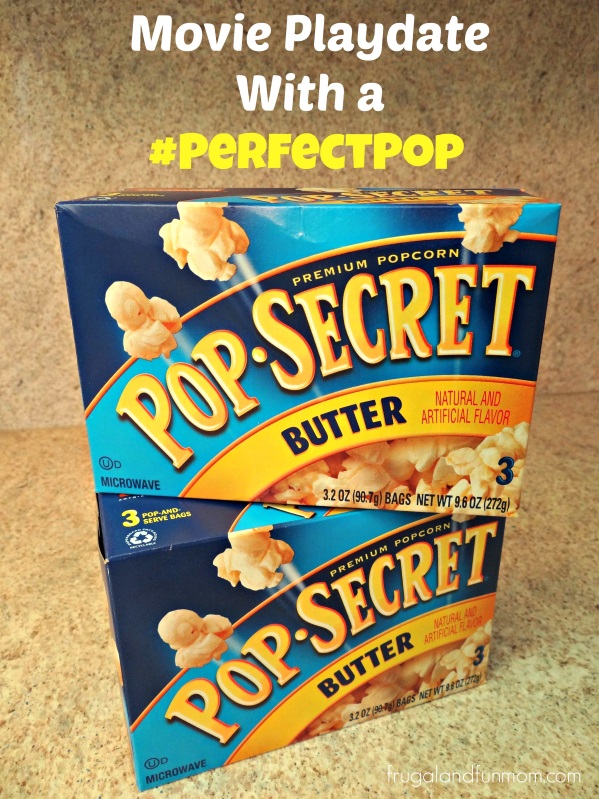

Of course, if your doctor has advised you not to eat popcorn, please follow that guidance. However, that thinking has since changed and we now know that high-fiber foods such as popcorn do not trigger diverticulitis attacks. For years, it was thought that eating popcorn was bad because the indigestible fiber would catch in those pouches, causing inflammation (diverticulitis).

This is a condition in which the walls of the gut have small pockets, or outpouchings. You might have heard that people with a digestive condition called diverticular disease can’t eat popcorn. Avoid packaged popcorn, which is not only expensive, but contains added oil and salt (and you don’t control the amount).

If you make your own at home, popcorn is very low in fat and calories. Those little hulls that catch in your teeth? They’ve got beta-carotene, lutein and zeaxanthin for your eyes, as well as polyphenols. Fiber helps with digestion and feeds your microbiome – the “good bacteria” in your gut will produce beneficial compounds if you give them lots of fiber. One 3-cup serving contains 3 grams of fiber, which is pretty good for a snack. Note: this is NOT the extra-large tub of movie theater popcorn with extra “butter” (pumped out of a machine….ick!) and salt.Īs an unprocessed whole grain, popcorn high in indigestible fiber. This week, we want remind you about the benefits of popcorn as a fun, healthy snack and talk about how to make your own at home. We haven’t been able to go to the movies for the past 6 months, so popcorn may have dropped off your radar.



 0 kommentar(er)
0 kommentar(er)
